
We often compare Linux with Windows, but what about comparing it with macOS?
While the differences between Linux and Windows are quite obvious, Linux and macOS may seem similar to many.
Both can run Unix commands in the terminal, and the user experience is vastly different from Windows. And not all Windows applications and games are available for macOS and Linux.
This is why some people even think Apple’s macOS is based on Linux. But that is not the case. macOS is not Linux despite the similarities.
There are plenty of differences between the two UNIX-like operating systems and I shall highlight both the similarities and the differences in this article.
So, let’s compare Apple and Orange Penguin.
macOS vs. Linux: Origins
macOS has a fascinating history. The foundation of it was built by Steve Jobs’s NeXT computer company when he wasn’t at Apple. Technically, it was based on the Mach Kernel and the UNIX-derived BSD.
Back then, a NeXTSTEP operating system was created to power the devices/computers built by NeXT. While it got some attention, it wasn’t a big success. Apple later acquired NeXT and brought back Steve onboard as part of the deal, making NeXTSTEP OS the base for macOS.
This is why macOS has a combination of Unix components along with Apple’s proprietary technologies.
On the contrary, Linux (the kernel) was built as a free and open-source replacement for Unix.
Linux is not an operating system but needs different components like desktop environments to form an operating system. There are hundreds of Linux-based operating systems called distributions.
For simplicity, we tend to address it as Linux OS instead of a specific Linux distribution.
Recommended Read 📖
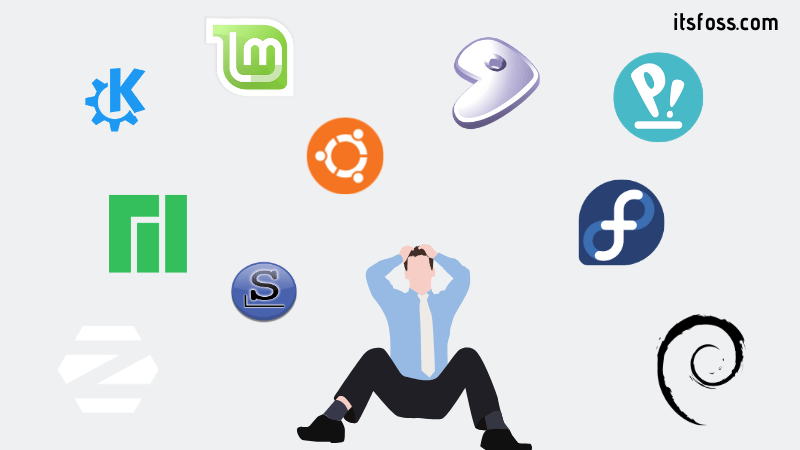
macOS kernel vs Linux kernel
The macOS kernel is officially known as XNU. The acronym stands for “XNU is Not Unix.” According to Apple’s GitHub page:
"XNU is a hybrid kernel combining the Mach kernel developed at Carnegie Mellon University with components from FreeBSD and C++ API for writing drivers”.
The BSD subsystem part of the code is “typically implemented as user-space servers in microkernel systems”. The Mach part is responsible for low-level work, such as multitasking, protected memory, virtual memory management, kernel debugging support, and console I/O.
While the macOS kernel combines the feature of a microkernel (Mach) and a monolithic kernel (BSD), Linux is solely a monolithic kernel. A monolithic kernel is responsible for managing the CPU, memory, inter-process communication, device drivers, file system, and system server calls.
Here’s What They Have in Common
macOS utilizes Unix components, and Linux was built as an alternative to Unix. So, what do we have in common here?
Both give access to Unix commands, Bash/Zsh, and other shells.
The default shell can be different, but you can always change it as per your preferences.
That’s about it. I can’t think of anything else similar between the two.
Probably a decade back, we could say that both Linux/macOS offered fewer applications.
But that’s not the case anymore.
The software ecosystem and game support for both have evolved over the years, which we will discuss later in this article.
Codebase: Proprietary vs. Open-Source
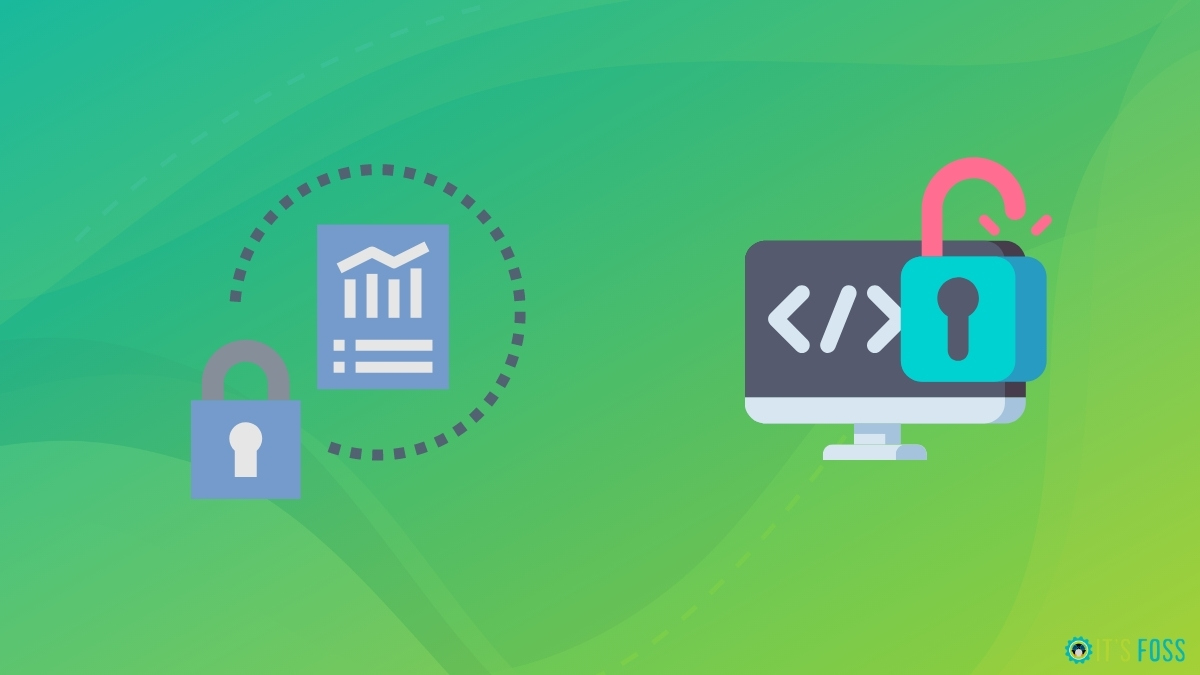
macOS is a proprietary operating system, meaning you cannot view the complete operating system’s source code.
Sure, you have part of the macOS (mostly GNU) libraries’ source code available. There is also the XNU kernel code used in the development of macOS and iOS operating systems. But you cannot just take this code and build a macOS clone to be installed on any hardware.
It’s not the end of the world without the source code, but you get less transparency on Apple’s claims and practices to secure and enhance your computer experience.
Some might argue that proprietary code remains hidden for security reasons. However, both proprietary and open-source software remain vulnerable to threats.
The difference between them is: open-source software often gets fixed sooner because of community participation by several developers, compared to limited employees working on macOS.
Unless you trust Apple without questions, Linux’s open-source model gets an edge.
Purpose and Usage: macOS vs. Linux
macOS is tailored for desktop and laptop usage. It is well-suited for video editing, graphics designing, and audio editing.
When it comes to Linux, you get a host of possibilities. You can use Linux for:
- Desktop
- Toaster (yes! I hope you know about IoT)
- Single Board Computers
- Server
Of course, it is not the same experience when using it on various platforms, but Linux can run for various use cases.
So, if you like Linux, you can choose to continue using it on other platforms for a comfortable experience.
macOS vs Linux: User Experience
When it comes to user experience, it comes down to personal preferences.
macOS offers a pleasing user interface. It is visually appealing with subtle animations and high-resolution wallpapers/icons.
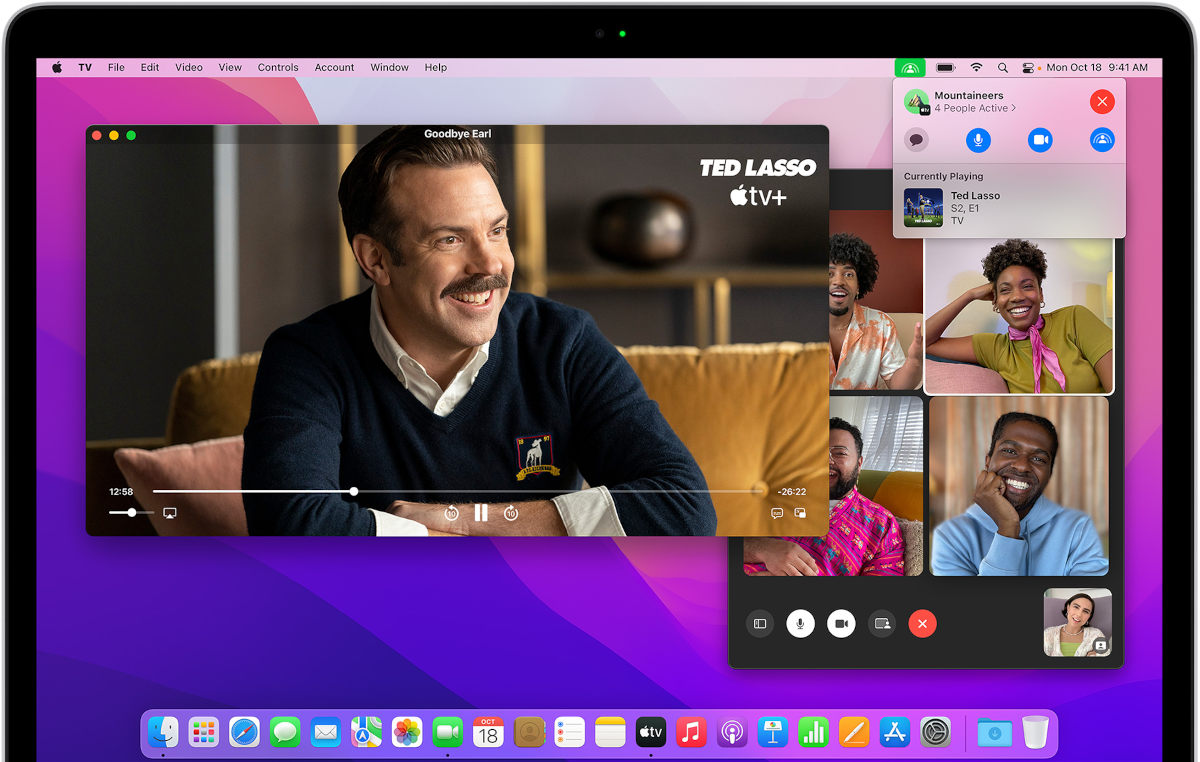
You can expect an easy and seamless experience across the platform.
With Linux, you can get an equally pleasing user interface that is easy to use.
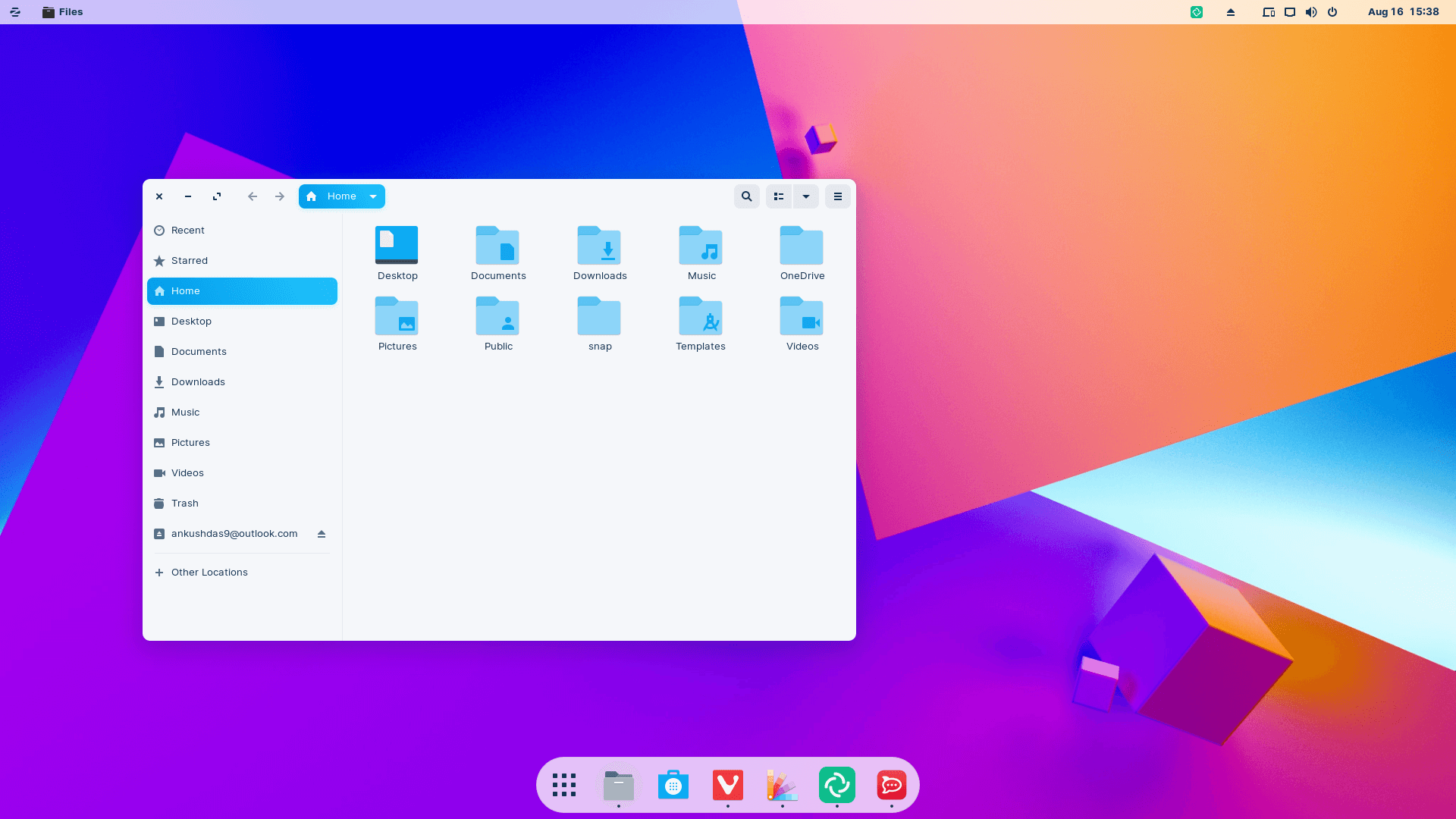
Unfortunately, the user experience slightly varies because of the distribution you decide to install and the desktop environment it comes along with.
You can explore some of the best desktop environments listed. You can even opt for macOS-like Linux distributions.
For instance, if you are using Pop!_OS, Ubuntu, Zorin OS, or elementary OS, you could have an excellent user experience.
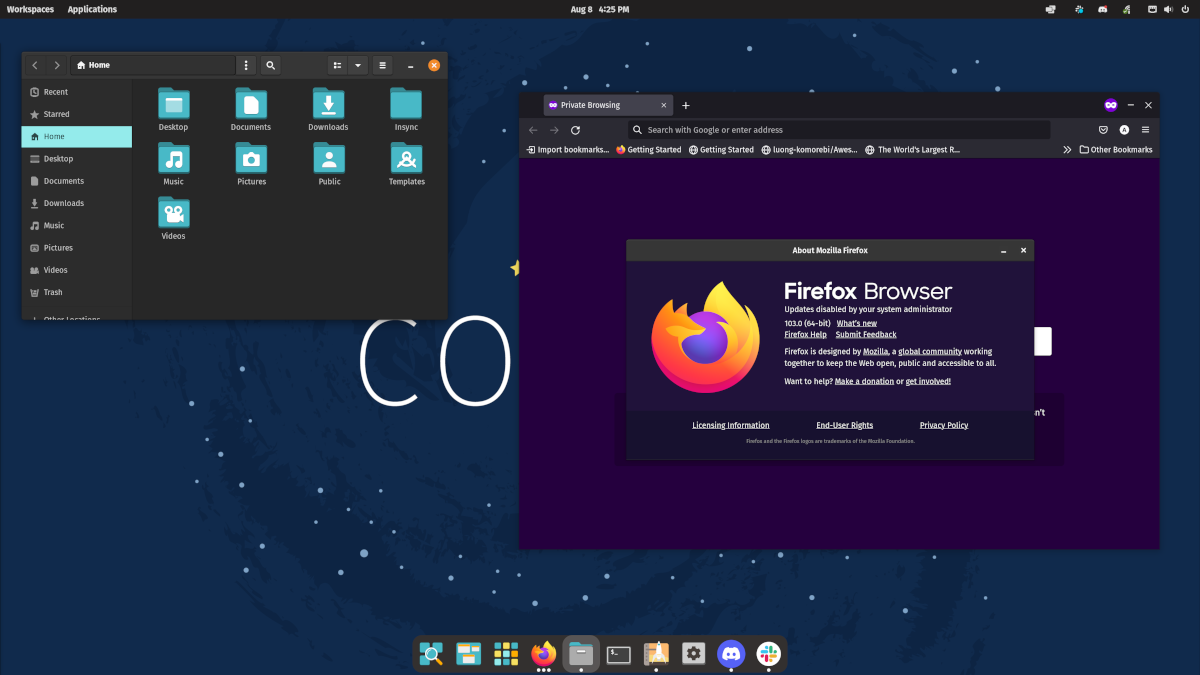
If you end up using something like MX Linux, or different, the user experience may not be comparable to macOS.
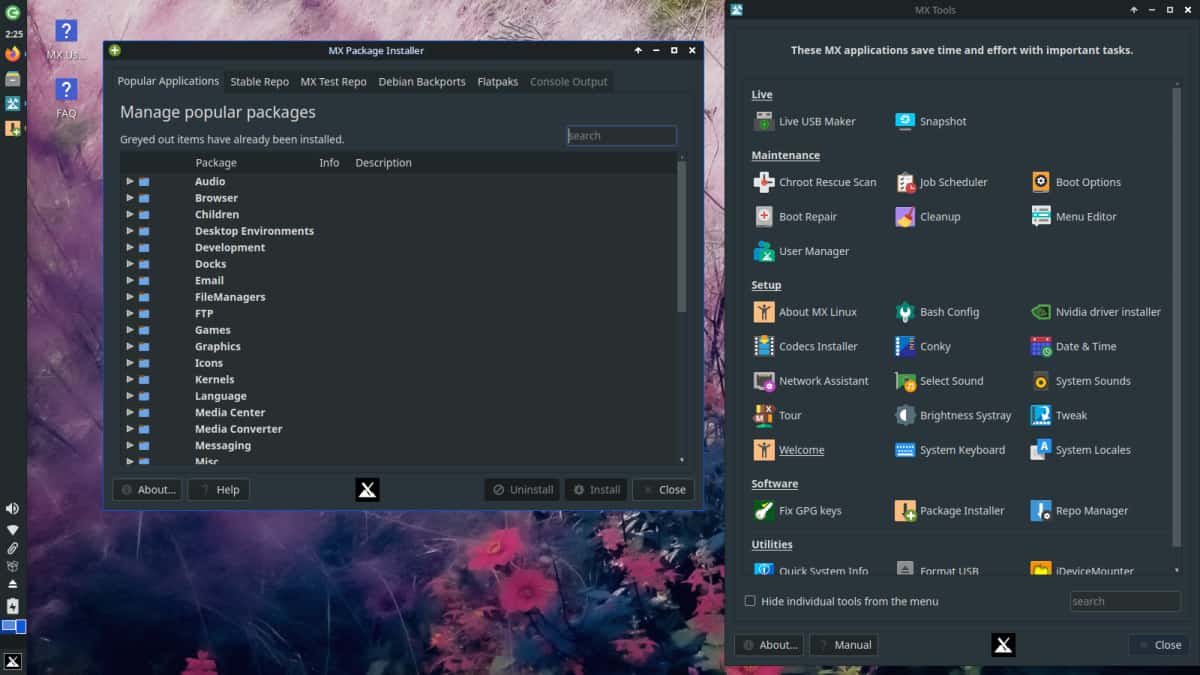
Overall, the out-of-the-box experience with Linux is inconsistent, but it is capable enough if you know what you are doing.
And if you are coming from Windows, the interface could be confusing initially.
Customizability

If you want an operating system that lets you tinker with every aspect of it, macOS is not for you.
While Apple’s designs could be aesthetically pleasing by default, not everyone likes them.
If you want to personalize, take control, and heavily customize the operating system’s nuts and bolts, Linux should be the perfect pick.
You can choose to customize the user interface as much as you want, with a wide range of different elements, and go wild with your preferences. To get started, look at our KDE customization guide to explore the possibilities.
While that is good, it could backfire when customizing things on a Linux system. So, you need to learn/explore what you want to customize.
Hardware Requirements to Run macOS vs Linux
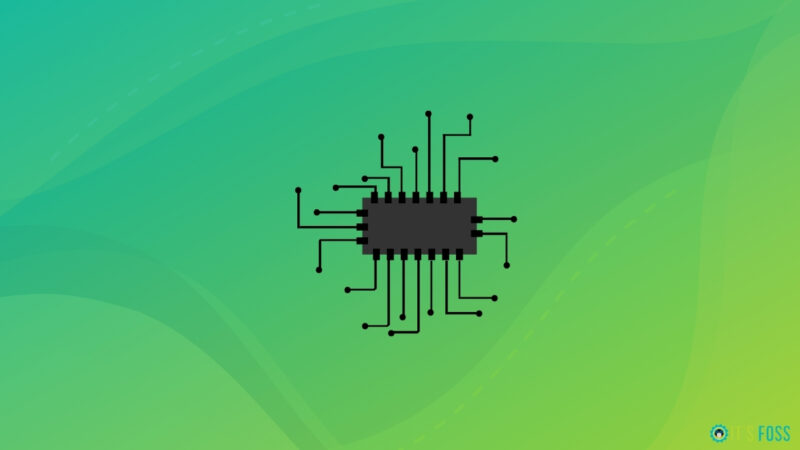
This is where macOS suffers a solid defeat.
If you want access to macOS and have a good experience with it, you need to purchase Apple hardware, which is costly.
For example, the base configurations for macOS-powered laptops start with 8 GB of RAM and 256 GB of storage, available for $1200 or more.
Unless you want to constantly use the swap space for multitasking and already have a cloud storage space, it would be a terrible idea to get one for yourself.
In contrast, if you would rather not spend a lot but still want a decent configuration for your system (PC/laptop), it is easy to get a device with 16 GB RAM + 512 GB SSD to run Linux for around 800 USD.
Some skilled tinkerers try running macOS on non-Apple hardware. Such a system is called Hackintosh but it is certainly nowhere close to the comfort of running Linux on a regular computer.
Software Ecosystem
macOS offers a top-notch native experience with macOS-exclusive applications or tools made by Apple.
Yes, you may have to purchase those applications. However, unlike some subscription options, you get one-time purchase alternatives with macOS for professional applications.
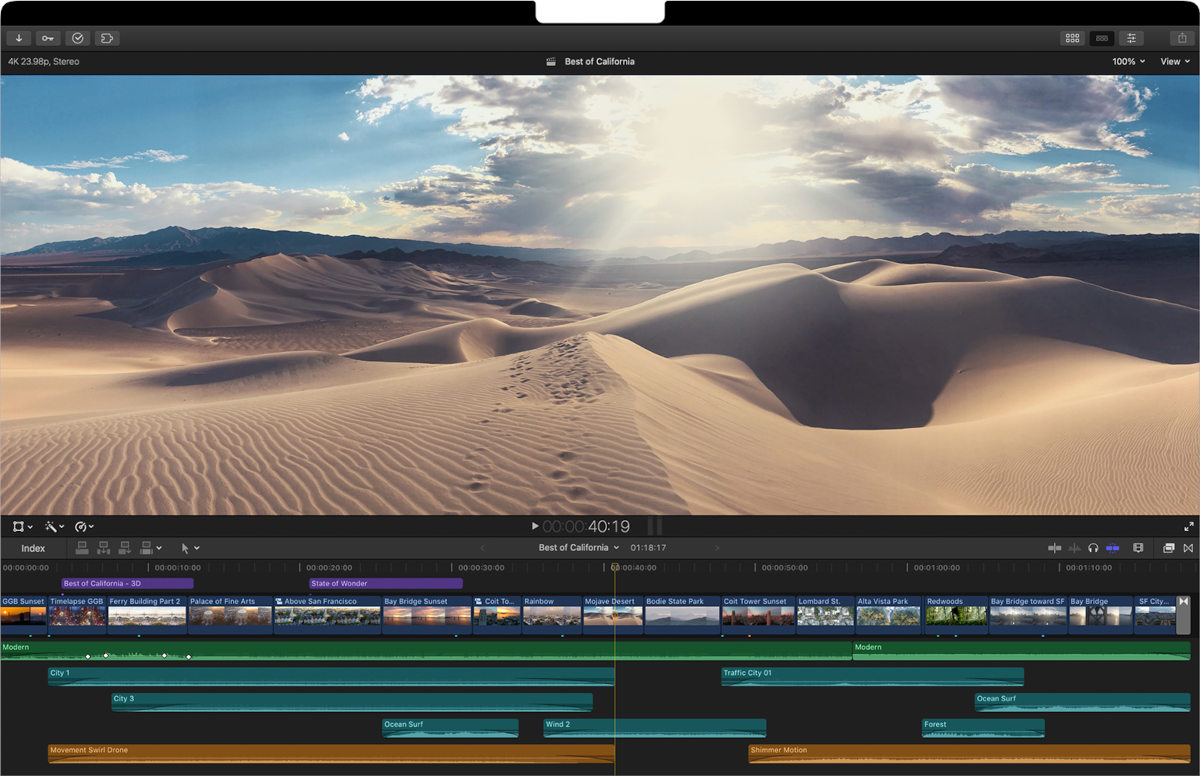
For users who want to design, edit videos, edit photos, and have a creative workflow, macOS’s software suite should be a great choice if you do not mind investing in it.
The free Apple tools like iMovie, Keynote, etc. are good. Couple them with premium tools like Final Cut Pro, Affinity Designer, and more and you get world-class editing experience. Not to forget that creative tools like Adobe are also available on macOS.
Additionally, Apple has strict guidelines for applications available for its platform that enhance the native experience with third-party apps (free or paid).
This is why many designers and editors prefer using macOS over any other operating system.
For the Linux platform, you have great FOSS alternatives to some macOS-only apps. Unless you like or have experience with macOS-specific applications, you should not have trouble with software available for Linux.
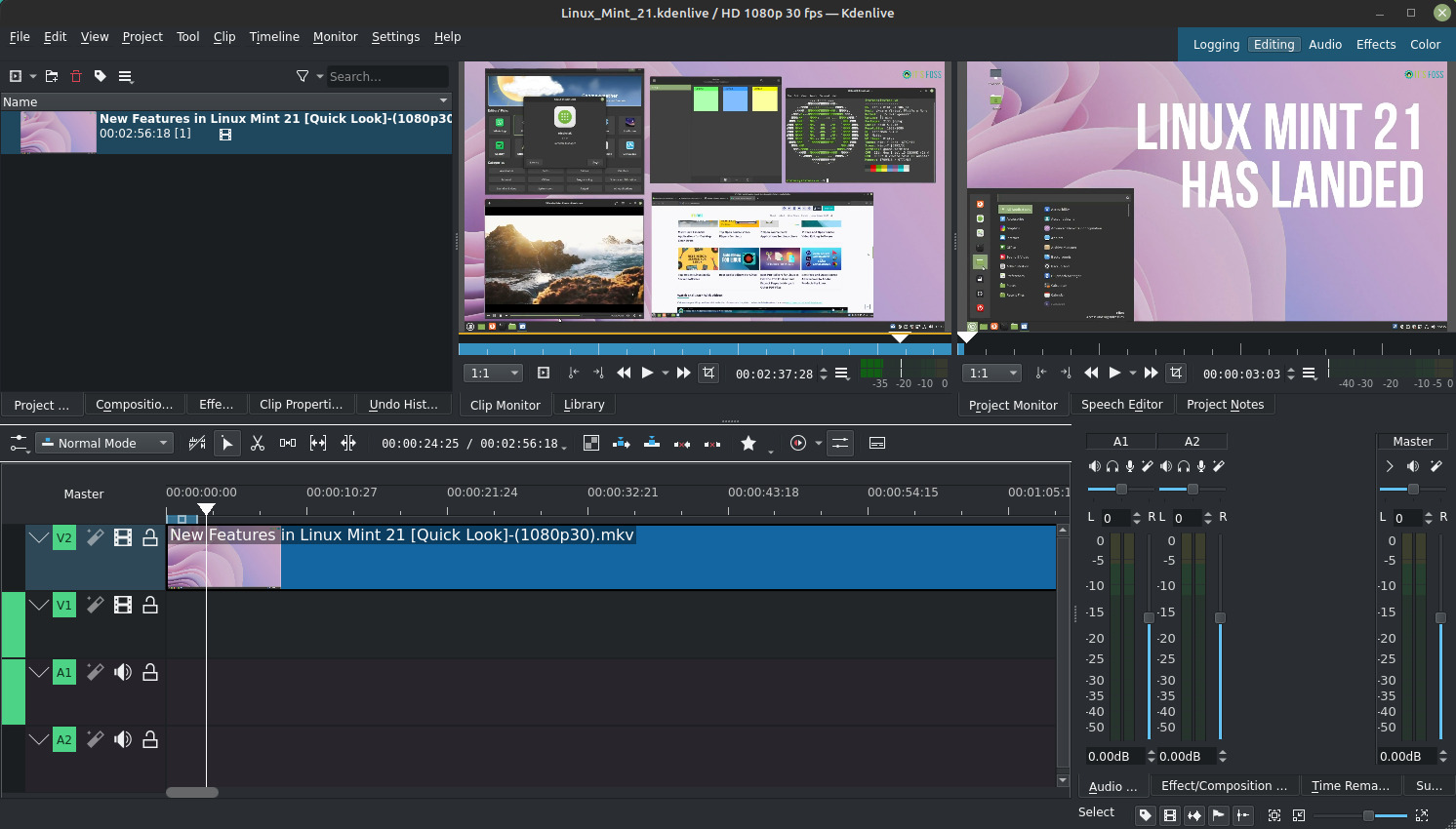
The native app experience depends on the Linux distribution you use.
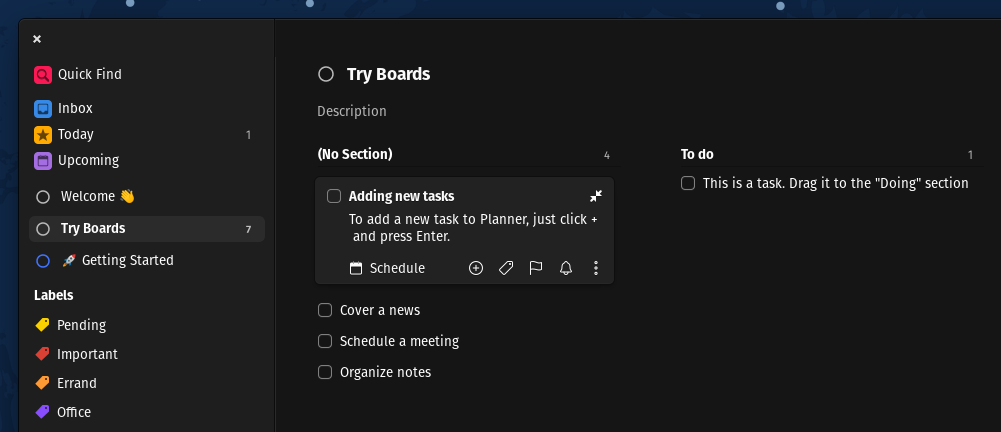
It may not be as seamless as macOS, but if you are not a professional-grade video/graphics editor, you should not have any issues.
Gaming on Linux and macOS
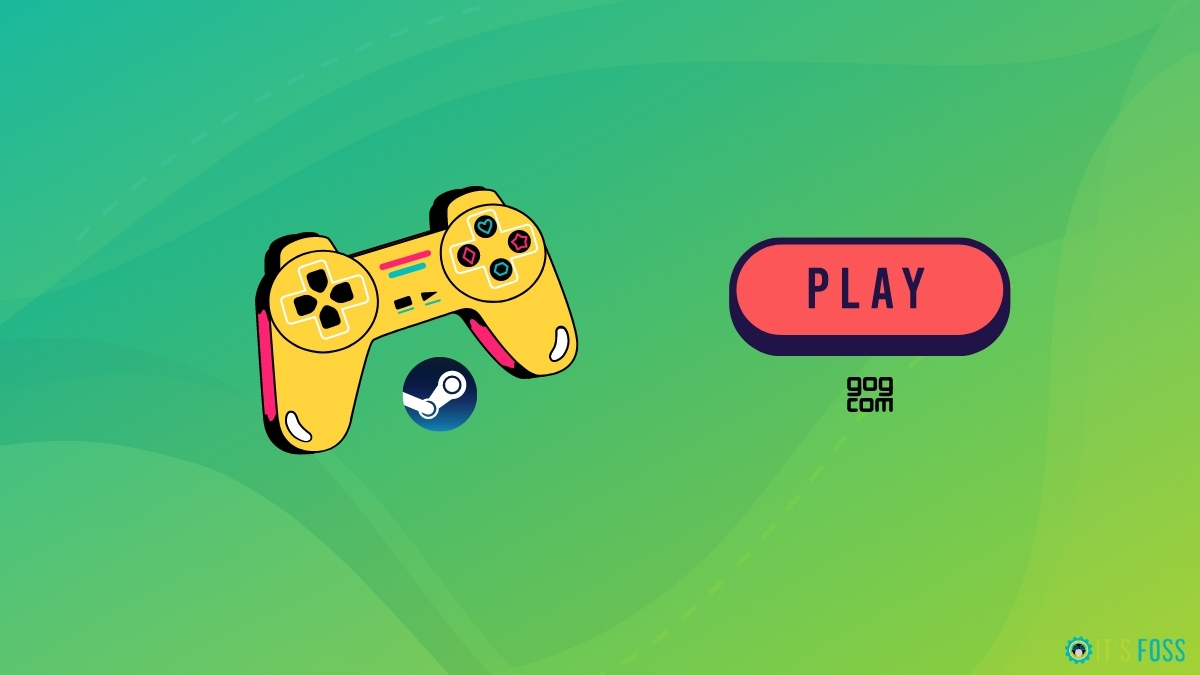
While Apple’s making good progress on making its new M1/M2 chips as capable as possible, macOS currently has poor support for games.
A handful of games work, and most aren’t supported officially. To be honest, investing in a Mac for gaming is not what it is for.
Regarding Linux, numerous AAA games and Indie titles work fine. Sure, there are some hiccups with certain games. But, with Valve’s push towards official game support for Steam Deck, even the latest releases like “Spider-Man: Remastered” are Steam Deck verified.
Ultimately, helping improve the game support for the Linux platform.
Additionally, considering that the PC graphics card market is almost back to normal (near or below MSRP), you can get a sweet PC build or laptop without worrying about performance bottlenecks.
Would you spend upwards of $1800 for a Mac with 16 GB of RAM and 512 GB of SSD or get a PC/laptop with 32 GB RAM (or more), and at least 1 TB SSD (or more)?
That’s your call.
Package Manager
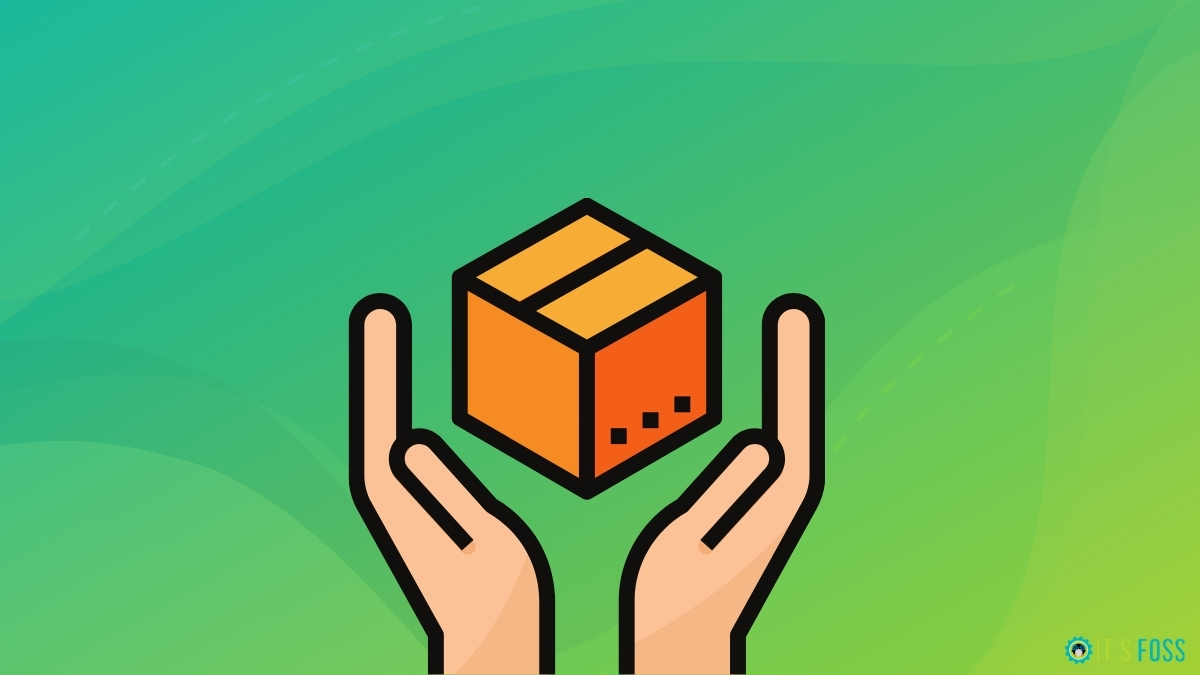
A package manager helps you quickly find, install, and remove software in your operating system.
Linux has been the superior force in package management compared to anything out there.
You get options like Flatpak, Snap, Synaptic, and more out of the box.
But, Mac users do not have anything to rely on by default. Fortunately, an option like Homebrew makes life easier for macOS users. Since it also supports Linux, you can use it across multiple devices to make things easy.
There's also a dedicated tutorial for Homebrew, which you can check out:
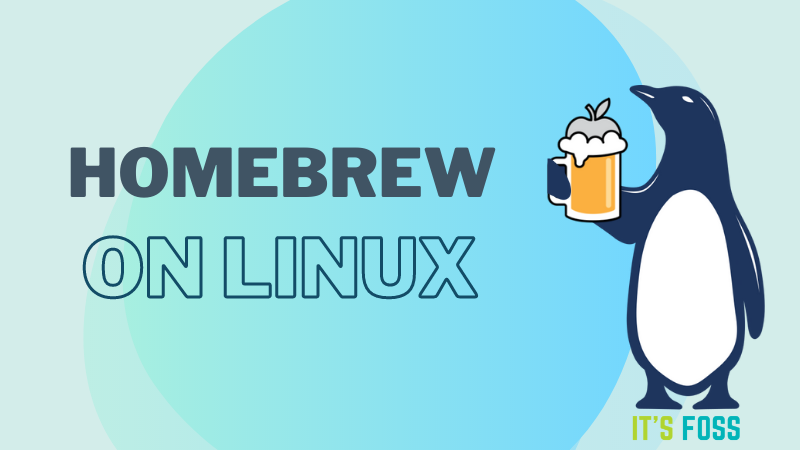
Operating System Updates
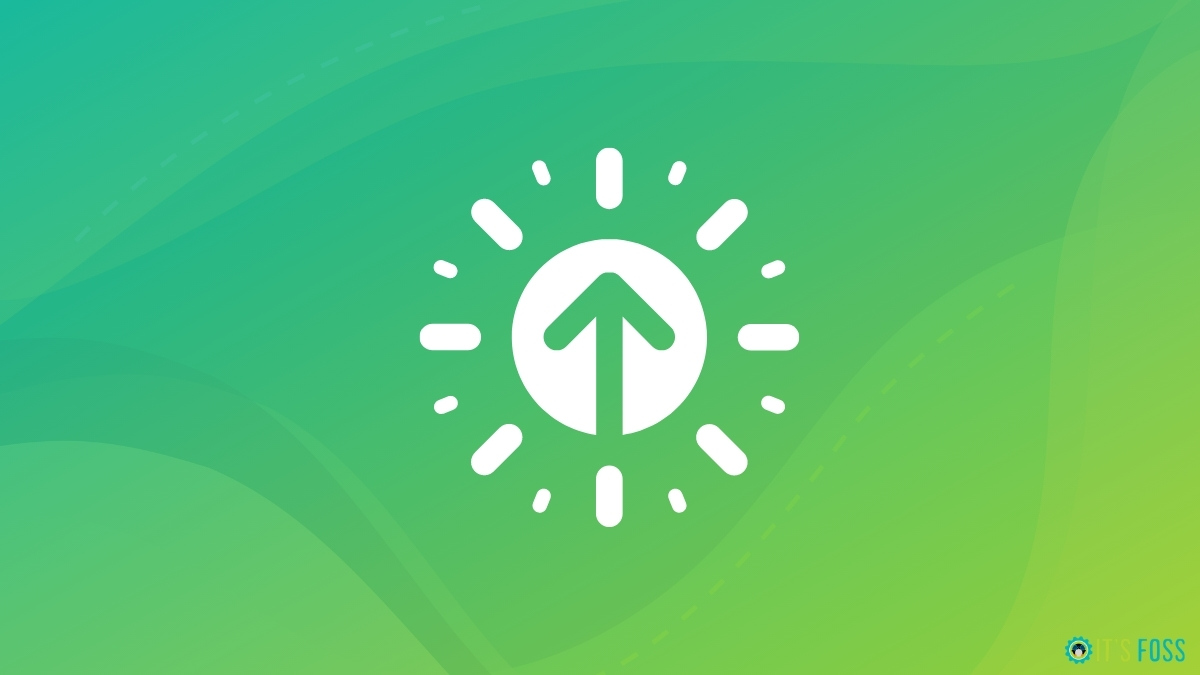
Apple does not share specific timelines for software updates to the operating system.
For instance, macOS Ventura (the upcoming version upgrade at the time of writing) suddenly ditched all Mac devices before 2017.
Interestingly, the previous operating system versions had average support for about seven years, but with newer changes, it seems to be about five now.
With Apple silicons, it may not be a straightforward answer. But, it is safe to assume at least 4-5 years of software support.
Linux gives you options. If you want a stable operating system without feature upgrades but focused on maintenance and security, LTS editions of Linux distributions give you up to five years of updates for free. This is primarily true for Ubuntu or Ubuntu-based distributions like Linux Mint.
Furthermore, there’s a subscription plan for Ubuntu, where you can continue receiving security updates for up to 10 years.
And, it does not end there; you can also opt for rolling-release distributions that get constant bleeding-edge updates with no timeline for an end. As long as your hardware is competent enough, you should be able to update the operating system with no issues.
macOS vs. Linux: What Should You Pick?
macOS can be well worth the price tag if you need it.
It is not an easy recommendation for users who just need to surf the web, send emails, and perform some tasks that are possible on any platform.
macOS remains a niche pick.
However, Linux has improved to become a usable choice for former Windows/macOS users, computer science students, developers, creative professionals (like us) and a wide range of potential users.
Here are some funny jokes that compare the three operating system giants:
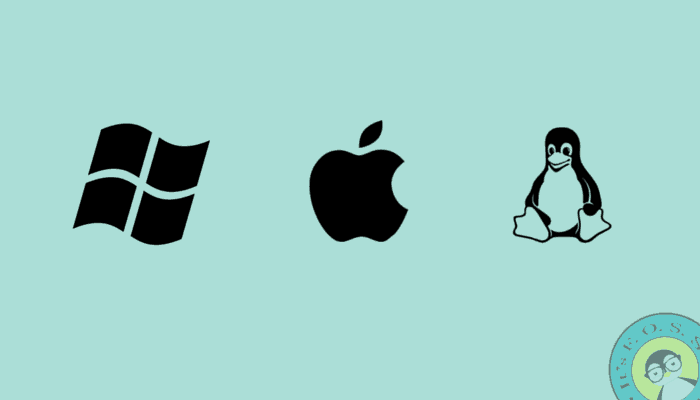
There are many reasons to pick Linux over macOS, but not the other way around (I think). Just like this, we have also compared Linux with Windows:
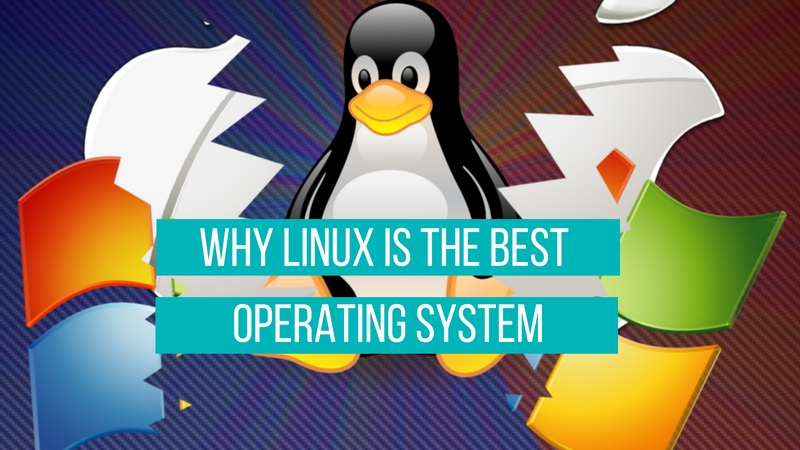
What are your thoughts on macOS vs. Linux? You are welcome to share your thoughts in the comments down below.


